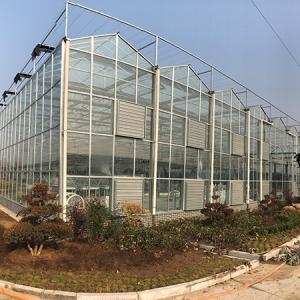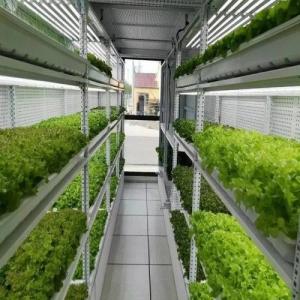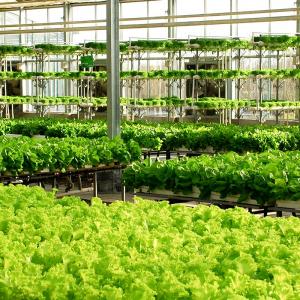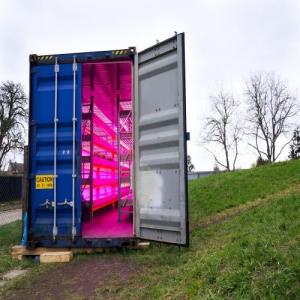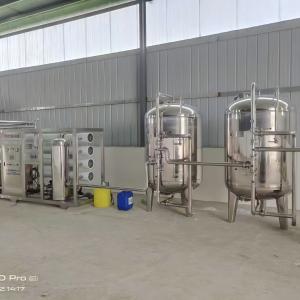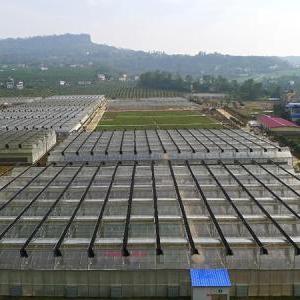What is an Intelligent Greenhouse? How Does It Differ from Traditional Greenhouses?
In today's era of rapid technological advancement, the field of modern protected agriculture is also undergoing unprecedented transformation. As a shining pearl of modern agriculture, intelligent greenhouses are gradually replacing traditional greenhouse sheds, emerging as a key force in improving crop yields, optimizing growth environments, and reducing resource consumption. Kunsheng Agriculture will take you on a deep exploration of the world of intelligent greenhouses, revealing their significant differences from traditional greenhouse sheds and why they are leading the new trend in future agriculture.
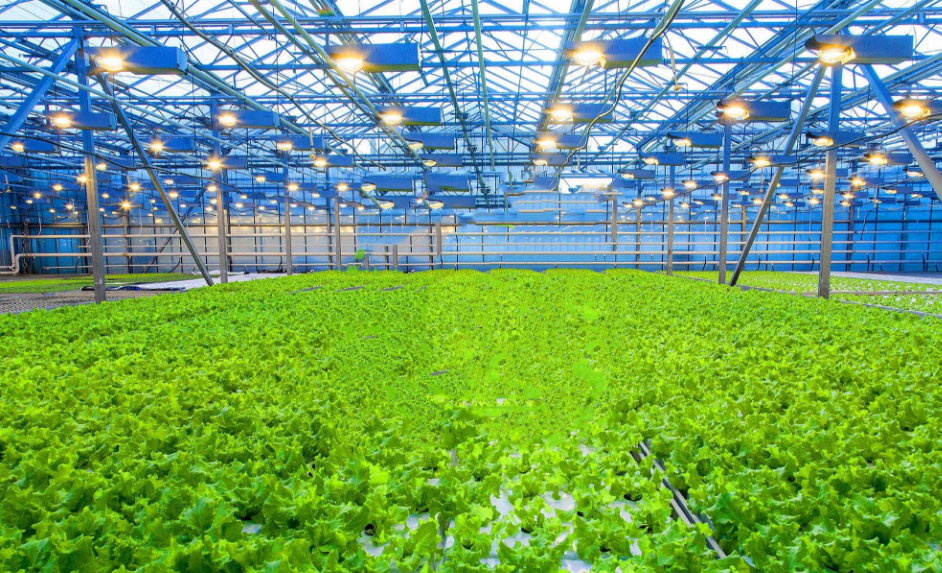
I. Basic Concept of Intelligent Greenhouses
An intelligent greenhouse is an advanced type of protected agriculture facility equipped with an integrated environmental control system. This system can directly regulate various indoor factors such as temperature, light, water, fertilizer, and gas, enabling year-round high yields and stable, precise cultivation of vegetables and flowers with excellent economic benefits. With the continuous advancement of rural revitalization strategies, the construction of vegetable greenhouses has developed rapidly, and intelligent greenhouses have provided a driving force for agricultural development.
The control system of an intelligent greenhouse generally consists of three parts: a signal acquisition system, a central computer, and a control system. It is a modern agricultural production facility that achieves precise monitoring and automatic adjustment of the internal environment (such as temperature, humidity, light, and CO₂ concentration) through advanced technologies like the Internet of Things (IoT), big data, and artificial intelligence. It can not only simulate the optimal environment required for crop growth but also perform intelligent management based on crop growth stages and changes in the external environment, aiming to improve crop quality, shorten growth cycles, and save resources.
II. Comparison Between Intelligent Greenhouses and Traditional Greenhouse Sheds
1. Environmental Control Capability
· Traditional Greenhouse Sheds: These are the simplest agricultural facilities, built with structures such as film, earthen walls, and bamboo wood for vegetable cultivation. Due to their low cost and low technical level, they are widely used in many regions of China. They rely mainly on growers' personal experience for vegetable cultivation, such as adjusting indoor temperature and humidity by manually opening thermal insulation covers or ventilation openings, which is inefficient and difficult to control precisely.
· Intelligent Greenhouses: Based on multi-span glass greenhouses, they are equipped with sensors, IoT management systems, integrated water and fertilizer systems, soilless cultivation, biological control, and other technologies for greenhouse management. They monitor environmental parameters in real-time and automatically adjust indoor conditions through intelligent control systems—such as automatically regulating the opening and closing of sunshades, ventilation and cooling, irrigation and fertilization, as well as heating or cooling equipment—realizing refined and intelligent cultivation.
2. Resource Utilization Efficiency
Traditional greenhouse shed cultivation is often extensive, with irrigation and fertilization mostly relying on manual judgment, leading to ineffective use of water resources and energy. Everything depends on experience, which easily causes resource waste.
In contrast, intelligent greenhouses use intelligent irrigation systems to supply water precisely according to crop water needs. They comprehensively utilize industrial waste heat and carbon dioxide to provide heating and CO₂ supplementation for crops. Meanwhile, they optimize energy use through intelligent algorithms, significantly improving resource utilization efficiency.
3. Pest and Disease Control
As we all know, traditional greenhouse sheds rely heavily on pesticides and chemical fertilizers. Pest and disease control in such sheds easily causes environmental pollution and pesticide residues, greatly affecting the quality of agricultural products.
Intelligent greenhouses, however, mainly adopt a combination of biological control, physical control, and intelligent early warning systems during crop growth. They detect and handle pests and diseases in a timely manner, reducing the use of chemical pesticides, ensuring the safety of agricultural products, and effectively improving crop yields and quality.
4. Level of Automation and Intelligence
· Traditional Greenhouse Sheds: With extremely low automation, operations from environmental adjustment to irrigation and fertilization all rely on manual labor, resulting in high labor intensity. Many farmers engaged in greenhouse cultivation suffer from diseases such as rheumatism, neck, shoulder, waist, and leg pain.
· Intelligent Greenhouses: Featuring a high level of automation and intelligence, they reduce labor input, improve production efficiency, and lower labor intensity.
III. Application Prospects of Intelligent Greenhouses
With the continuous progress of science and technology and the increasing global demand for sustainable agriculture, intelligent greenhouses have broad application prospects. They are not only suitable for large-scale modern agricultural industrial parks but also provide new possibilities for urban agriculture and home gardening. The emergence of intelligent greenhouses marks the progress of agricultural production towards higher efficiency, environmental protection, and intelligence, providing strong technical support for realizing agricultural modernization and rural revitalization strategies.
